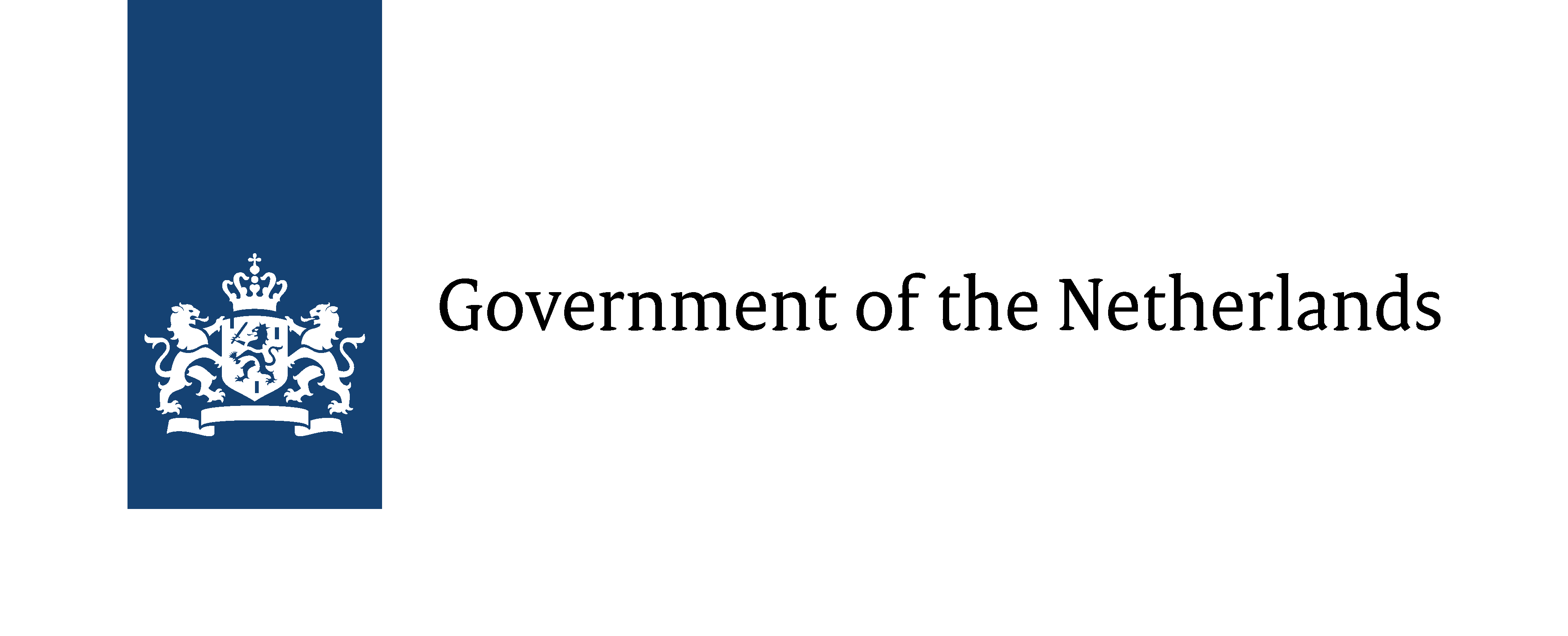Venues
In addition to the buildings operated by the Greater Istanbul Municipality or by private companies either separately or jointly with municipalities, such as congress centres, many new venues have been put in use in Istanbul as a result of the increasing number of cultural events.
The private museums established by the support of major industrial groups in Turkey, namely Istanbul Modern, Pera Museum and Sabancı Museum have all provided venues for exhibitions, concerts and related cultural events.
The inner city campuses of Istanbul Technical University (Taşkışla, Gümüşsuyu and Maçka campuses), especially the Taşkışla building which houses the Faculty of Architecture, have been used as venues for congresses, exhibitions, and academic and professional meetings. The Tophane-i Amire Building which is run as the cultural convention centre of the Mimar Sinan Fine Arts University is another unique venue of historical importance. Restored old industrial buildings used as warehouses such as Tütün Deposu (Tobacco Warehouse) are also used as convenient buildings that have a unique character for exhibitions. Following the opening of Istanbul Modern Museum in one of the warehouses on previously the harbour premises in Karaköy, two other buildings on these premises have also been put to use for temporary exhibitions.
The rising popularity of investing in art and cultural activities by private banks also created a stimulus for the opening of new venues. Garanti Bank, Akbank, and Yapı Kredi Bank have venues on and around Istiklal Street, the most lively street of Istanbul and a definite tourist attraction. Currently, the historical building of the Ottoman Bank on Bankalar Caddesi is renovated by its current owner Garanti Bank to form a major venue under the name of “Galata Binası” (Galata Building) as an art and culture centre.
The Old Galata Bridge is another venue for temporary events and hosted Istanbul Design Week activities in 2005, 2006 and 2007.
The list of artistic activities happening in Istanbul is provided regularly and can be reached over the internet.
(http://www. Istanbulartlist.net/Home___Ana_sayfa.html)
It is possible to say that the cultural renaissance of Istanbul has occurred due to a combination of various factors such as the cosmopolitan nature of its population, the critical mass of people eager to make things happen, the unique character of the city with its material and cultural heritage, the capital accumulated in the hands of the business community looking for new mediums of investment such as art.
Unfortunately, other cities in Turkey have been slow to follow suit. Ankara, Izmir, Eskişehir, Antalya and another city of unique character, Mardin, can be counted as the most active in terms of artistic and cultural activities.

